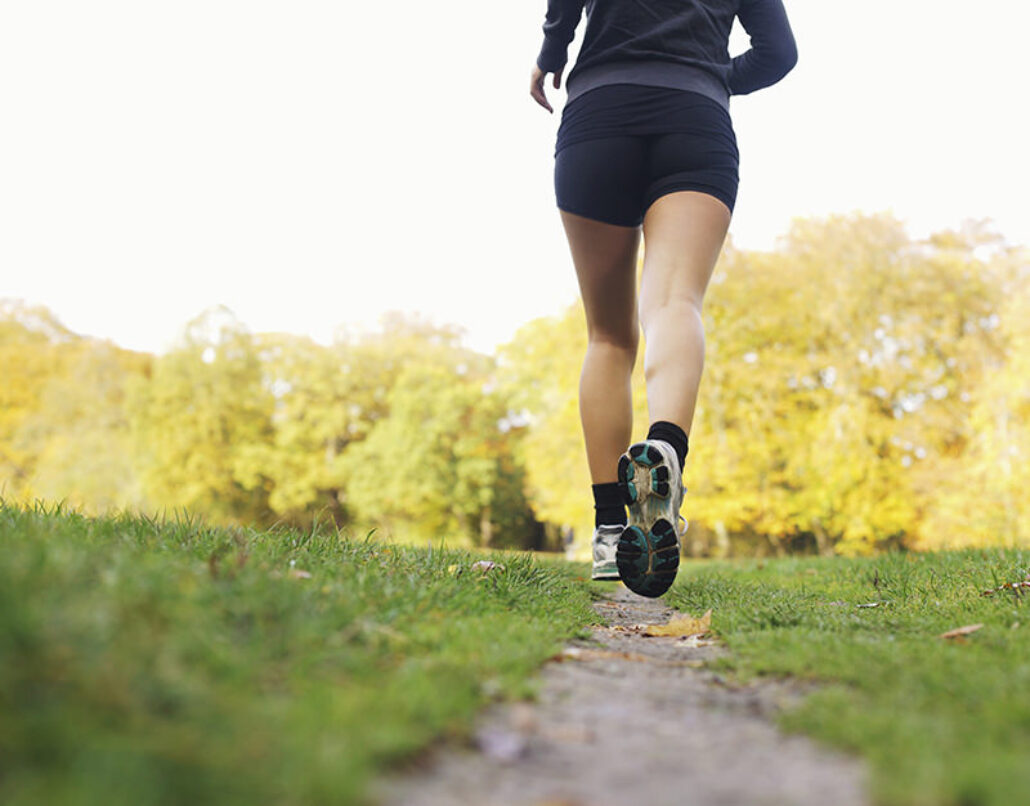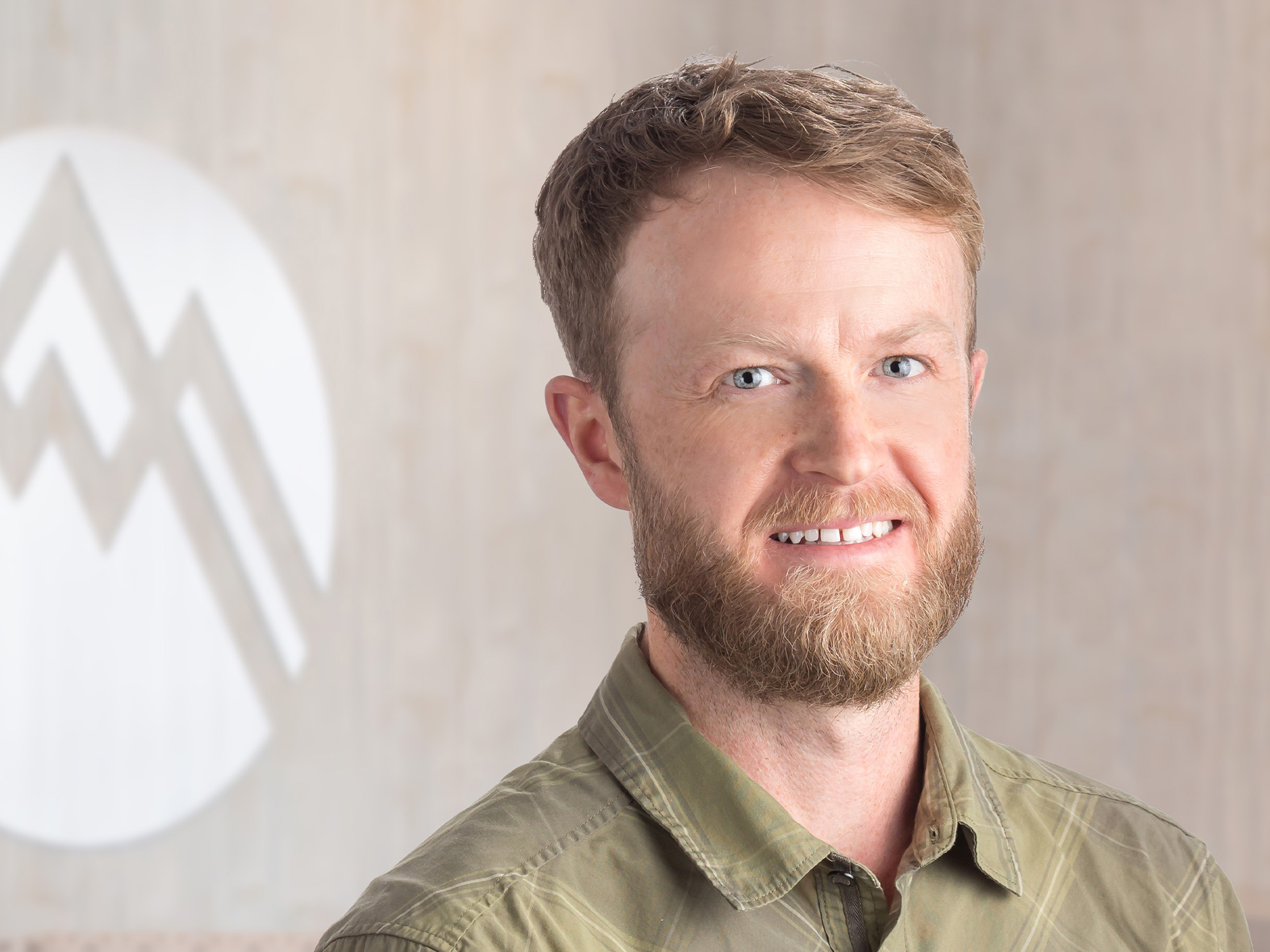Don’t sacrifice the benefits of running to an injury. Good running form is the key to injury prevention. Sam has tips to help you evaluate your form and reduce the risk of injury when you run.
Running has been called one of the most natural cardiovascular workouts, but that doesn’t mean that ideal form always comes naturally. “Proper running form is essentially a matter of stride length and frequency, muscle strength, and muscular coordination,” explains physical therapist Sam Olson. “And to run safely, you also want to remember not to make any radical changes to your form or your shoes. Gradual changes over time give your body a chance to adjust and reduce the chance of injury.”
Sam has a number of tips you can use to evaluate your running form.
- Keep your strides short and quick. This can also be thought of as avoiding “over-striding,” which is landing with the foot in front of the knee. Increased cadence can be very beneficial at the knees and hips, decreasing the amount of energy those joints absorb at loading, and allowing the muscles surrounding the joints not to have to work as hard. Shorter strides encourage a softer, safer, and less stressed landing for your body.
- Land softer. Focus on contacting the ground without jarring your body by landing hard on your heel. A softer landing means a more gradual weight or “load” application on the body’s tissues (bones, tendons, muscles, ligaments). Rapid loading upon impact is associated with increased tibial shock, and stress fractures in the lower leg. Try to land each foot strike as if you were running without shoes on.
- Use full hip extension. Focus on pushing off the ground behind you with each stride. The muscles that produce hip extension are powerful for propulsion, avoiding the need for smaller and less efficient muscles to create this movement. When you use your hip extension muscles, you potentially decrease the overuse of smaller muscles.
- Avoid crossing over your feet with each stride. Instead of crossing over or “walking on a tightrope”, try to move your feet forward along each side of an imaginary line that is one to two inches wide. A narrow “cross-over” stride has been implicated in IT band injuries as well as inside-of-the-shin pain.
- Work your core. Cross training to improve your core strength will help your running. Exercises that target your glutes and abdominal muscles are ideal.
“If you decide you want to make a change, make it gradually,” Sam emphasizes. “Our bodies respond best to slow change. The safest way to increase your mileage is to add miles slowly over time. If you are making a change to your form, reduce the time you spend running to give your body a chance to adjust.”
Finally, if you do experience ongoing pain as you run, the sooner you see a sports medicine doctor, the sooner the problem can be identified and corrected, and the less damage you’ll do to your body. “Our sports medicine teams at Summit have the expertise and resources to address running injuries and treat them,” says Sam. “It makes our day when we can correct the injuries that cause pain and guide our patients to run at their best—whether they are running around Lake Calhoun or competing in a marathon. We are here to help you reach your personal running summit.”
Summit Orthopedics offers comprehensive sports medicine expertise
From Olympians to pro athletes to kids in youth sports and those that just want to be more active—Summit Orthopedics delivers expert care by fellowship-trained sports medicine physicians. If you are recently injured or concerned about ongoing pain, Summit Orthopedics sports medicine specialists have the expertise to evaluate your discomfort and develop a plan to quickly and safely help you get back to being active.
Start your journey to stronger, healthier athletic condition. Find your sports medicine expert, request an appointment online, or call us at (651) 968–5201 to schedule a sports medicine consultation.
Summit has convenient locations across the Minneapolis-St. Paul metro area, serving Minnesota and western Wisconsin. We have state-of-the-art centers for comprehensive orthopedic care in Eagan, MN, Vadnais Heights, MN, Plymouth, MN, and Woodbury, MN, as well as several additional community clinics.

